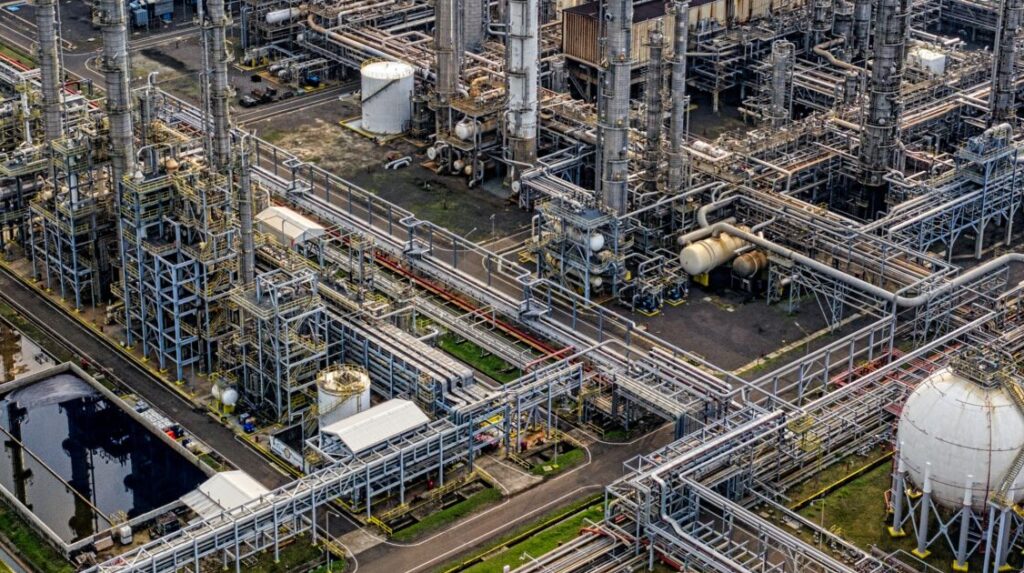In the world of process piping and industrial systems, safety, reliability, and performance are non-negotiable. One of the most critical engineering tasks that ensures these qualities is Piping Stress Analysis. Whether in a chemical plant, oil refinery, or offshore platform, piping systems are subject to a wide range of forces and loads that can significantly affect their integrity. This is where stress analysis comes in.
In this post, we’ll break down what piping stress analysis is, why it matters, the types of stresses involved, and the consequences of neglecting this crucial process.
What Is Piping Stress Analysis?
Piping stress analysis is the process of evaluating a piping system to ensure it can withstand internal and external forces without failure during its intended lifespan. This includes checking for:
- Thermal expansion and contraction
- Weight of the pipe and its contents
- Internal pressure
- Wind, seismic, and other environmental loads
- Dynamic loads from pumps, valves, or equipment vibrations
Engineers perform this analysis using specialized software tools like Caesar II, AutoPIPE, or ROHR2, often guided by design codes such as ASME B31.3 or B31.1.
Why Piping Stress Analysis Matters
1. Ensures Structural Integrity
Excessive stress in a piping system can lead to cracks, leaks, or even catastrophic failure. By analyzing the stress levels, engineers can ensure that each pipe, flange, support, and joint can handle the operational loads safely.
2. Prevents Operational Failures
Stress analysis helps prevent:
- Pipe rupture due to thermal expansion
- Support failure due to overloading
- Nozzle overload on rotating/static equipment
- Excessive vibration leading to fatigue failure
3. Optimizes Support Locations
Proper placement and selection of pipe supports (hangers, guides, anchors, etc.) reduce loads and deflections. A well-designed support system improves pipe behavior and reduces stress concentrations.
4. Reduces Maintenance Costs
Identifying stress-prone areas in advance minimizes maintenance and unexpected shutdowns. It extends the lifecycle of piping systems and reduces long-term costs.
5. Compliance with Industry Codes
Industry codes like ASME B31.3 set limits on allowable stress. Stress analysis ensures compliance, a legal and safety requirement for most industrial projects.
Types of Stresses in a Piping System
Piping systems face several types of stresses:
1. Sustained Stress
Caused by:
- Internal pressure
- Weight of pipe and contents
This is always present during operation.
2. Thermal or Expansion Stress
Resulting from:
- Temperature changes causing pipe expansion or contraction
These stresses are cyclic in nature and must be carefully managed to prevent fatigue.
3. Occasional Stress
Includes:
- Wind loads
- Seismic loads
- Water hammer or valve slam
These occur infrequently but can be significant.
Common Problems Detected by Stress Analysis
- Nozzle overload on pumps and compressors
- Unacceptable pipe displacements and deflections
- Overstressed piping elbows and tees
- Lift-off of supports leading to vibration
- Pipe interference with other equipment or structures
How Is It Performed?
Stress analysis can be done using manual calculations for simple systems, but for most real-world applications, software tools are used. The process generally involves:
- Creating a piping model with geometry, materials, and boundary conditions
- Defining loads (pressure, temperature, weight, etc.)
- Running simulations under different load cases
- Reviewing results for code compliance and making design changes as needed
Piping stress analysis is not just a regulatory formality—it’s a foundational aspect of piping system design that ensures safety, functionality, and durability. Ignoring or underestimating stress analysis can lead to costly failures, downtime, or even accidents.
For engineers, understanding the principles of stress analysis is key to becoming proficient in piping design. Whether you’re designing a new facility or modifying an existing system, stress analysis should always be part of your workflow.

